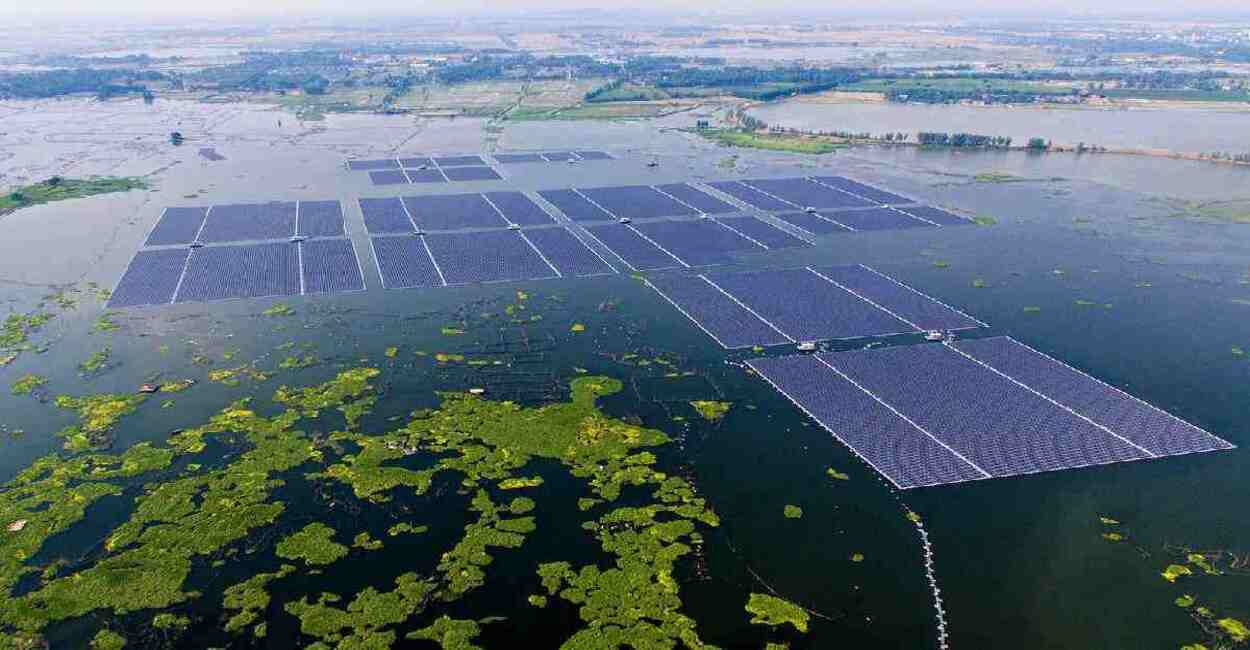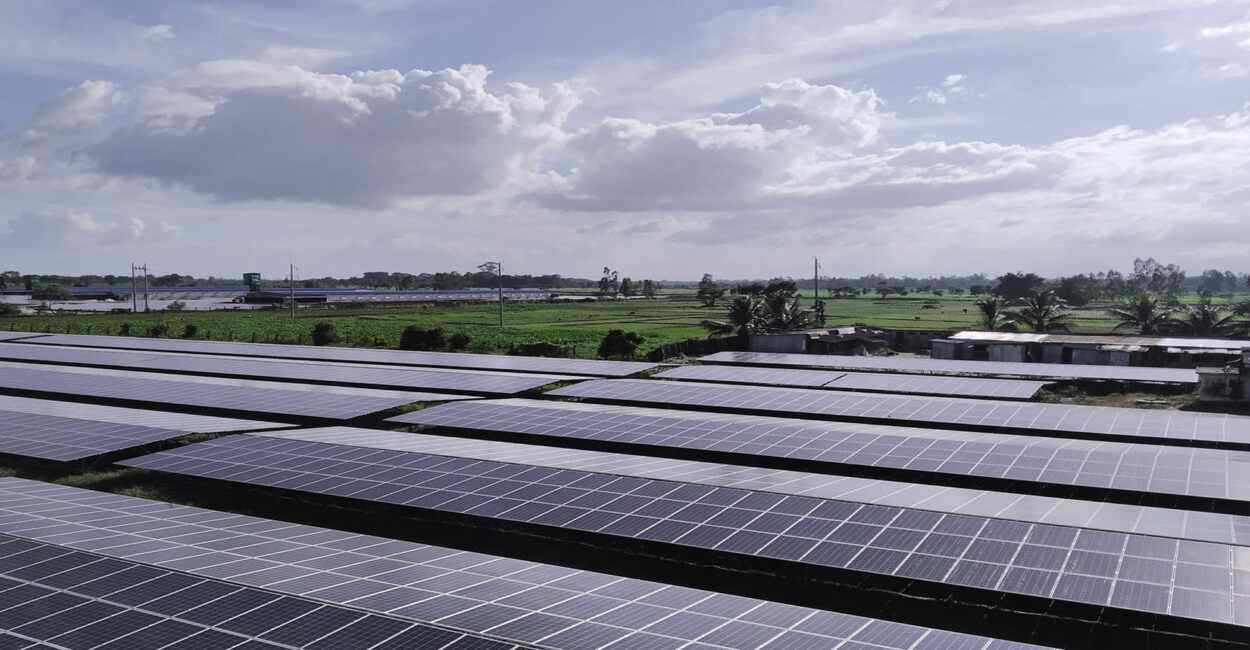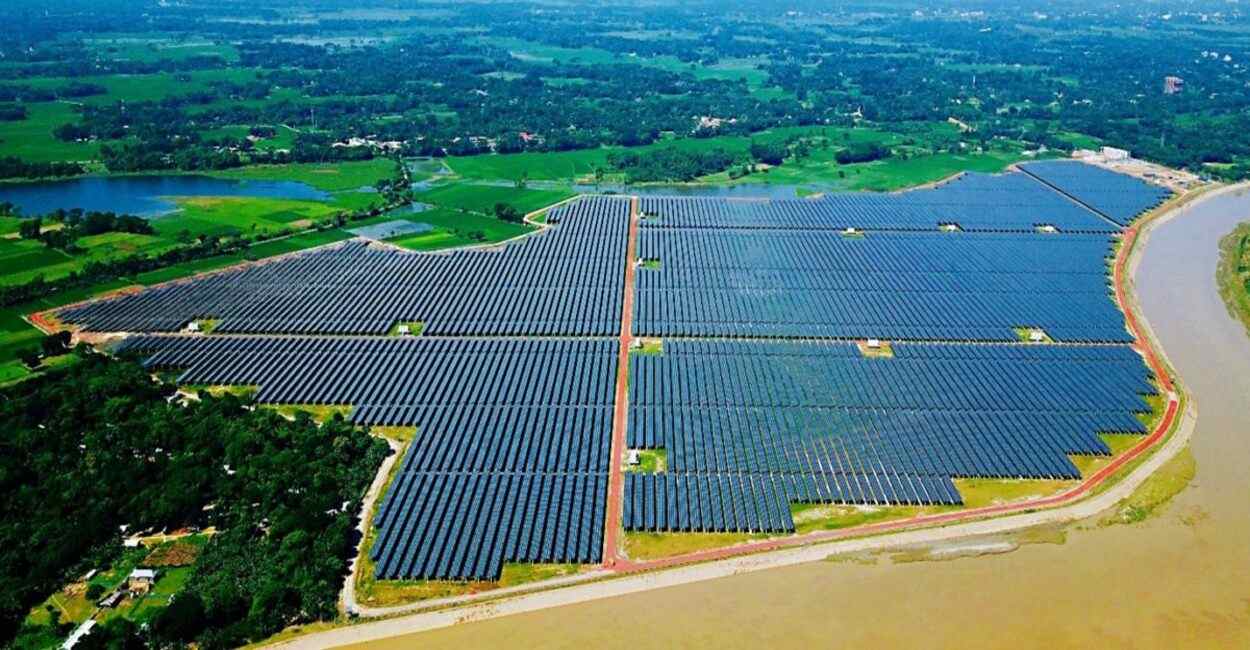Future Prospects Of Solar Energy In Bangladesh

Renewable energy in Bangladesh is an energy sector with a widely expanded growth area. The latest data presented by the World Bank reflects that there are about the top 20 economies in terms of GDP growth. With this growth, the requirement to satisfy growing energy consumption needs increases. As of 2022, Bangladesh relies mainly on natural gas, fossil fuels, and biofuels.
Renewable Energy In Bangladesh 2022
In 1980, 0.016% of regions of Bangladesh had electricity connections. After 40 years, the figure has increased by 92%. Bangladesh sat with countries like Mongolia to find themselves with electrification levels below 90%.
Bangladesh's renewable energy policy journey began in 2008, when the Ministry of Power, Energy and Mineral Resources published the policy of guidelines. Since then, Bangladesh has made little but steady progress.
Renewable energy sources in Bangladesh, including solar, now occupy a larger share of the energy combination. As a result, the installed capacity of renewable energy in Bangladesh is 579 megawatts (MW). This is inclusive of on-grid and off-grid installations. Solar PV accounts for 59.5%, with small-scale hydropower and biomass-biogas at 39.7% and 0.8%, respectively.
Fossil fuels, including natural gas, can generate 65% of power generation. However, this number is slowly degrading due to renewable energy sources in Bangladesh, including solar PV, wind and hydropower.
Renewable Energy Project In Bangladesh
Bangladesh’s National Solar Energy Action Plan introduced a plan to shift its renewable energy policy. This has the motive to make the installation of 40 gigawatts (GW) by 2041. This was accompanied by a medium launch of 25 GW and a business-as-usual 8 GW power generation result.
Consequently, the target of 40 GW can be challenging part to achieve, which is based on renewable energy capacity in Bangladesh. As per the latest records, renewable energy only makes up 3% of the national energy mix.
• 16 GW – solar hubs
• 4 GW – electric utilities
• 5 GW – private developers
• 2.5 GW – irrigation pumps
• 12 GW – rooftop installations
The potential for a swift transition and diversified renewable energy exists. For instance, the utilization of 1% of the Kaptai dam’s water surface for floating solar would see nearly 500 MW of solar capacity. In addition, unexplored land potential can be found along riverbanks and reclaiming areas in the Megha estuary.
As per the records of the National Renewable Energy Laboratory (NREL), there is over 20,000 km2 of land where wind speeds range between 5.75 and 7.75 m/s. This equals a potential of over 30,000 MW.
Bangladesh’s Government’s Efforts To Help The Renewable Energy Sources Transition
The government of Bangladesh made a big announcement related to the plan to install rooftop systems in all educational facilities so that they can feed additional solar power to the grid. The motive behind the target is to replace fossil fuel transport with more electric vehicles. In 2021, the country accepted the Electric Vehicle Registration and Operation Guidelines, initially proposed in 2018. This led to the construction of solar charging stations for EVs with an average capacity of 20 kilowatts.
According to the report of REN21, Bangladesh, China, India, and Japan are leading renewable energy developments in Asia. Bangladesh has one of the most successful off-grid renewable energy programs globally. This illustrates the positive push of Dandan Chen from the World Bank.
Ultimately, the renewable energy transition in Bangladesh will be fuelled by government policy and institutional capacity. Bangladesh is now hosting the most extensive domestic solar power program globally. It covers 11% of the population.

Challenges Of Renewable Energy In Bangladesh
In terms of the climatic conditions, Bangladesh is among the worst-affected countries. Several studies have shown that there are high factors of risk facing coastal land and territories bordering riverbanks subject to constant erosion and flooding. These challenges force people to relocate and complicate renewable energy network development and policy.
Bangladesh has to find the appropriate solution to make a quick turnaround in the national power system. There is a lack of incentives for private investors, such as missing coordination among ministries, procedure difficulties, limited budget allocation to the RERs-based projects, slow technological adoption, lack of awareness and application of green building policies, and lack of grid infrastructure with enhanced demand and capacity.
By the best efforts done by the authorities, the entire area of Bangladesh cannot be electrified. 10% of the UN projects remain off the grid. This has led to innovation from not-for-profit groups to sustain electricity production and supply renewable energy technologies in rural areas.
Problems Of Solar Energy In Bangladesh
1. Lack of Private Incentives: There needs to be more disseminating information about project viability, risk, and return for private investors. Credit ratings for such projects are not as high as those in India. Domestic financial institutions and commercial banks must be sufficiently equipped for large-scale infrastructure financing. Due to this reason, they are facing the need for more incentive that slows down the growth of renewable generation.
2. Land Requirements: The existence of population is one of the significant problems of Bangladesh. There needs to be more viable land required for large-scale solar projects. The government owns most of the possible land, which further discourages the private investors' scope. As per the current SREDA’s current renewable energy development plan, it has been stated that solar parks are only built on non-agricultural, government-owned land. In addition, viable land is also at risk of environmental shocks due to Bangladesh’s vulnerability to natural disasters and flooding.
3. Deficiencies in Grid Infrastructure: Bangladesh has a generation capacity; actual generation and distribution often need to be improved by process loss and underdeveloped grid infrastructure.
The Advantages of the Renewable Energy Transition
The transition towards the renewable energy sector will further accelerate the country's economic condition and development; this also helps keep energy access reliable and affordable. This also promotes healthcare and quality of life in Bangladesh.
A key enabler for Bangladesh’s renewables transition is the support from global organizations. Bangladesh continues to use interest-free credits to fund its renewable energy projects. Since the country's independence, the World Bank has provided over USD 30 billion in grants and interest-free credits.
The country has partnered with World Future Council, the local Coastal Development Partnership organization, and the German development organization Bread for the World.
Once partnered, there are long-lasting and ongoing initiatives that include REEP. The initiative aims to promote the renewable energy transition within Bangladesh.
How Renewable Energy Transition Affects The Coal Industry In Bangladesh
Bangladesh has observed a 33% annual rise in coal consumption since 1990. By the end of 2021, the plan was to ensure coal-based power plants with the capacity to produce 7.5 GW of electricity. This is nearly 50% of what was in place in 2017.
However, even then, Bangladesh will not be as dependent on coal as other countries in Asia and will continue to rely upon natural gasses. Consequently, the renewable energy transition will not impact the coal industry in the short term.

Future Prospects Of Solar Energy In India
1. Geographical Advantage
The geographical location of India supports the solar industry. The energy generated by the solar projects will actively fulfil Bangladesh's requirements and other energy generation to support the World.
2. Leveraging the Low Cost
The costs spent on installing solar panels and systems are a bit expensive. There is no need to depend on electricity, which tends to increase your bill.
3. Upcoming Solar Projects in India
In many states of India, including Rajasthan, Madhya Pradesh, Gujrat, Haryana, Punjab, Andhra Pradesh, and Maharashtra, there is a huge scope to tap solar energy owing to their strategic locations. In the current scenario, the Thar Desert region of Rajasthan has some of the best projects in the country, generating around 2,100 GW of power.
4. Employment Prospects
The solar energy project is an impending process as many users will shift towards the project in the upcoming time. This will result in the expansion of various solar power companies in the country.
5. Potential of Solar Energy in India
The government is taking various initiatives to increase India's share of solar power. With the falling equipment cost (PV module), the solar power industry in India is expected to double the growth shortly.
Benefits Of Solar Energy In Rural Areas
Renewable Energy Creates Employment
It will be false to say that there are no jobs in renewable energy. In the United States, the solar and wind energy industries are reportedly increasing employment by 12 times faster than the rest of the country’s economy. As per the analysis made by the Environmental Defense Fund’s Climate Corps program, the US solar and wind industries have expanded at an average growth of 20% in recent years.
Negligible Import of Energy Carriers
Here the question arises: What makes renewable energy a better option for promoting economic progress in rural areas? It is a fact that only some rural areas can become a site for coal or oil mining. There are more viable places for wind and solar plants than coal and other fossil power plants. Wind and sunlight are not required to be imported, whereas coal power plants must import the coal if it’s unavailable in the local regions.
Access to Cheaper Power
Places, where the power plants are situated have comparatively lower power prices. This is mainly due to the law of demand and supply. Increasing power supply in an area leads to a fall in power prices. Attainment of cheaper power is requisite, and this does not only benefit consumers. It is also another factor in improving local economic progress.
Promotion of Commercial and Industrial Growth
The introduction of electricity leads to economic activity and progress. It helps in promoting the industries through rural small business ideas. For places that already have a power supply, introducing new power plants creates more power supply which means the prices for the power will decrease. This, as a result, makes an area attractive for industrial investments.

